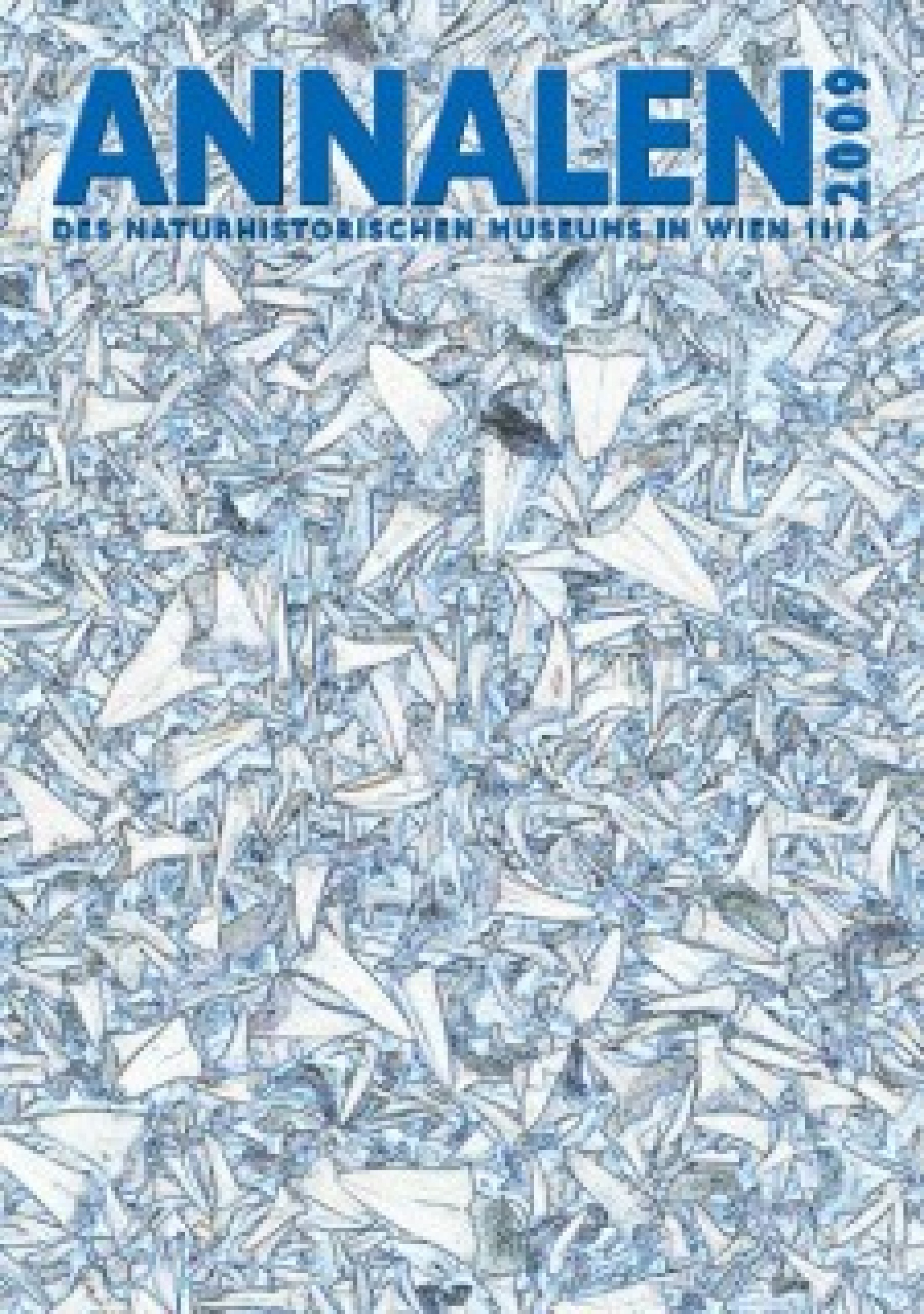Annalen des Naturhistorischen Museums in Wien, Serie A 111 (2009)
ISSN: 0255-0091 ISBN: 978-3-902421-34-0
Erscheinungsdatum / Publication date: 22. April 2009
dedicated to the 65th birthday of Ortwin Schultz




























































Fragen oder Anregungen? - Kontaktieren Sie den Herausgeber:
Questions or comments? - Contact the editor:
Andreas Kroh ()
